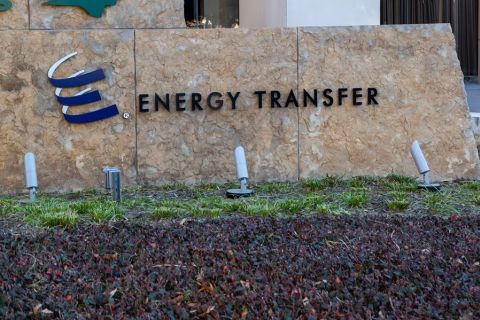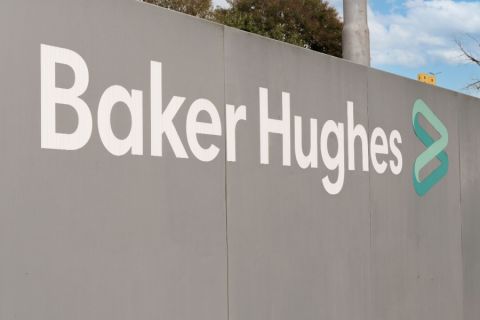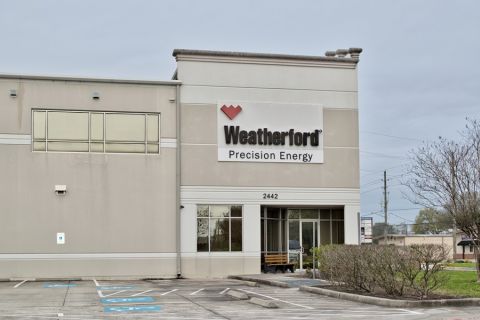For an operator in the Caspian Sea the decision to use enhanced coiled-tubing (ECT) technology to perform a sand cleanout and recompletion of a nonproducing well in the Azeri-Chirag-Guneshli field brought the well back onstream.
The oil-producing well, initially completed in May 2004, had failed to produce after a sand-screen failure in June 2010, resulting in a large amount of sand breakthrough and sand on the surface. The operator called on Baker Hughes to perform a sand cleanout and recompletion of the well along a long horizontal section using TeleCoil intelligent coiled-tubing (CT) services and the Snapshot live-well perforating deployment system. Initial production after the recompletion, which took about a month, was 4,200 b/d of oil. Total CT operational time was 726 hours with 9.5 hours of nonproductive time.
Complicating factors
The age of the initial completion and the amount of produced sand increased friction in the well substantially. Additionally, a pre-job slickline run determined that the sand bridge, at 3,096 m (10,157 ft) measured depth holdup depth, was much higher than expected. As a result, the required sand cleanout interval was more than 1.6 km (1 mile), from 3,096 m to 4,750 m (10,157 ft to 15,584 ft), and the operation required significantly more time and fluids than originally estimated. With a cleanout of this length, ECT became essential in maximizing the productivity and efficiency of every CT run while building in the operational flexibility for contingent operations.
ECT advantages
The TeleCoil ECT system was selected for both the sand cleanout and recompletion phases of the job. The intelligent CT system, which includes a preinstalled single-conductor wire, bottomhole assembly (BHA), surface hardware, and software solution products, can reduce the uncertainty often associated with CT operations by providing accurate real-time downhole monitoring of depth correlation, differential pressure, and temperature. The system makes concurrent logging operations feasible in a wide array of cased-hole wireline intervention and remediation applications. Real-time depth correlation provides the necessary accuracy for precision applications such as perforating and zonal isolation.
The/ 8 -in. armored corrosion-resistant conductor is compatible with acids, cement, sand slurries, and other common oilfield fluids. Additionally, it outperforms traditional E-line and fiber optics by transmitting data without materially impacting flow rates or pumping pressure or increasing reel weight. The conductor also performs in high-vibration, high-pump-rate environments, which are points of failure for fiber-optic conductors. The system not only delivers data from the BHA but also delivers power down-hole, which is ideal for long-duration interventions where fiber optics fall short. The TeleCoil conductor uses standard end fittings and attaches to the BHA with mechanical and electrical quick connectors.
A first for Azerbaijan
ECT has an extensive history in Azerbaijan; however, this project marked the first time that the TeleCoil ECT technology had been used in conjunction with electronic TCP firing. CT rigup proceeded as planned, with no downtime recorded. The CT was installed flawlessly through the injector using a stab-in winch.
The Tornado solids removal process was applied to clean out the well. Eight runs were completed over 10 days using the Tornado BHA at the end of the TeleCoil to clean the well to 4,750 m. Combining TeleCoil with the Tornado process is unique because it relies on a forward and reverse jetting process. The TeleCoil system demonstrated positive control of the BHA and expedited sand removal. Subsequently, a bridge plug was run in-hole and set 9 m (29 ft) below the interval to be perforated. After a successful pressure test, a drift run confirmed that the well interval had been successfully cleaned.
Successful perforating job
The perforating BHA consisted of a TeleCoil logging adaptor, wireline depth correlating device, Guardian firing head, and 3-3/8-in. perforating guns equipped with 23 Snapshot live-well deployment connectors. The perforating assembly was run into the proposed perforation interval, and the well was displaced to base oil.
The guns were detonated using an electrical signal sent through the TeleCoil wire. After evaluating the formation, it was determined that the guns had fired, so the CT was pulled to the surface. The guns were successfully reverse-deployed under 1,300-psi wellhead pressure. The well was then placed back on production.
Total time for the perforation operation was 233 hours from the start of rigup to completion. This time span included 32 hours for a one-off deployment test to ensure that all Snapshot components were working as they should.
According to the operator’s calculations, the time required for the alternative 16 E-line runs on the tractor would have been 328 hours, so this system provided a time savings of 95 hours – almost four days.
The successful project confirmed that ECT technology can be used to improve efficiencies and accelerate well recovery in other fields in the Caspian region.
Recommended Reading
Talos Energy Expands Leadership Team After $1.29B QuarterNorth Deal
2024-04-25 - Talos Energy President and CEO Tim Duncan said the company has expanded its leadership team as the company integrates its QuarterNorth Energy acquisition.
Energy Transfer Ups Quarterly Cash Distribution
2024-04-25 - Energy Transfer will increase its dividend by about 3%.
ProPetro Ups Share Repurchases by $100MM
2024-04-25 - ProPetro Holding Corp. is increasing its share repurchase program to a total of $200 million of common shares.
Baker Hughes Hikes Quarterly Dividend
2024-04-25 - Baker Hughes Co. increased its quarterly dividend by 11% year-over-year.
Weatherford M&A Efforts Focused on Integration, Not Scale
2024-04-25 - Services company Weatherford International executives are focused on making deals that, regardless of size or scale, can be integrated into the business, President and CEO Girish Saligram said.





